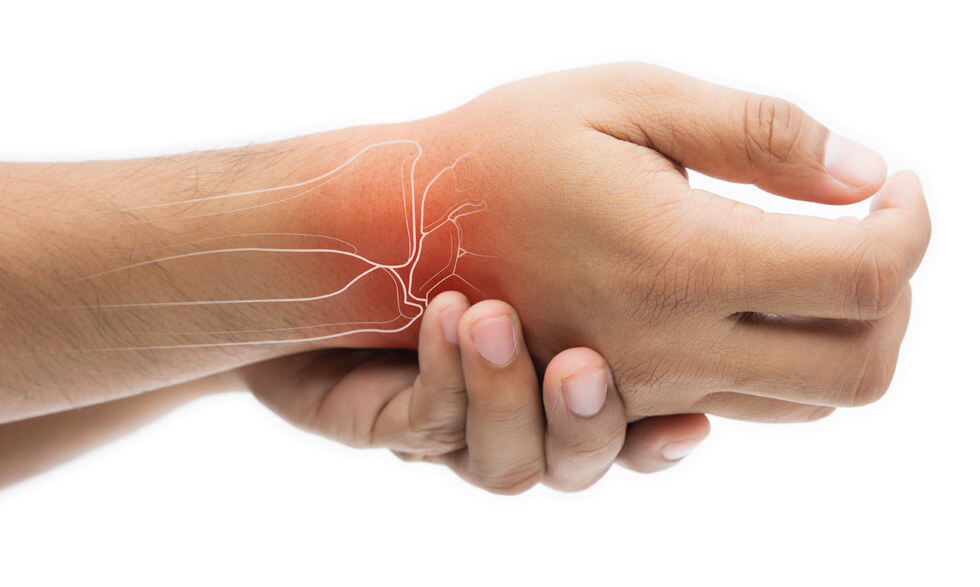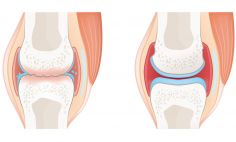When you hear about someone who has arthritis, you might think of an older person with pain or stiffness in his or her joints. But that’s not always the case.
There are many types of arthritis and millions of people in the U.S. have some form of it. One type of arthritis that affects more than 1.5 million people in the U.S. is rheumatoid arthritis.
Rheumatoid arthritis (RA) is an inflammatory autoimmune disease, which means the body’s immune system mistakenly attacks the tissues that line your joints instead of fighting infections.
RA causes pain, swelling, and stiffness in your joints. It usually affects your wrists, hands, and knees, preventing them from working properly. While RA is more common in women age 30 or older, RA can affect all people.
RA is different from the more common osteoarthritis, which is the arthritis that many older people develop over time. No one knows what causes RA. While there is no cure, it can be treated.
What to look for
Symptoms of RA range from mild to severe. Sometimes RA affects one joint at a time, but more typically it presents as pain, warmth, and swelling in the joints on both sides of the body at the same time or on alternating sides.
It can also affect body parts that are not joints, including your eyes, mouth, heart, and lungs. Symptoms can last for only a short time or they can come and go.
It’s important to recognize the signs of RA and see your health care provider as soon as possible to get a proper diagnosis. Your provider will use tests to help diagnose you and then refer you to a rheumatologist, who focuses on autoimmune illnesses–many of which target the musculoskeletal tissues. You and your rheumatologist can determine the treatment that is best for you.
Symptoms of RA include some or all of the following:
- Swollen, tender, or warm joints
- Symmetric swollen joints (on both sides of the body), such as in both your right and left wrists
- Swollen joints in the wrist and finger joints closest to the hand
- Other swollen joints such as the neck, shoulders, elbows, hips, knees, ankles, and feet
- Feeling tired and having low energy
- Fevers
- Pain and stiffness that lasts for more than 30 minutes in the morning or after a long rest
- Symptoms that last for many years







